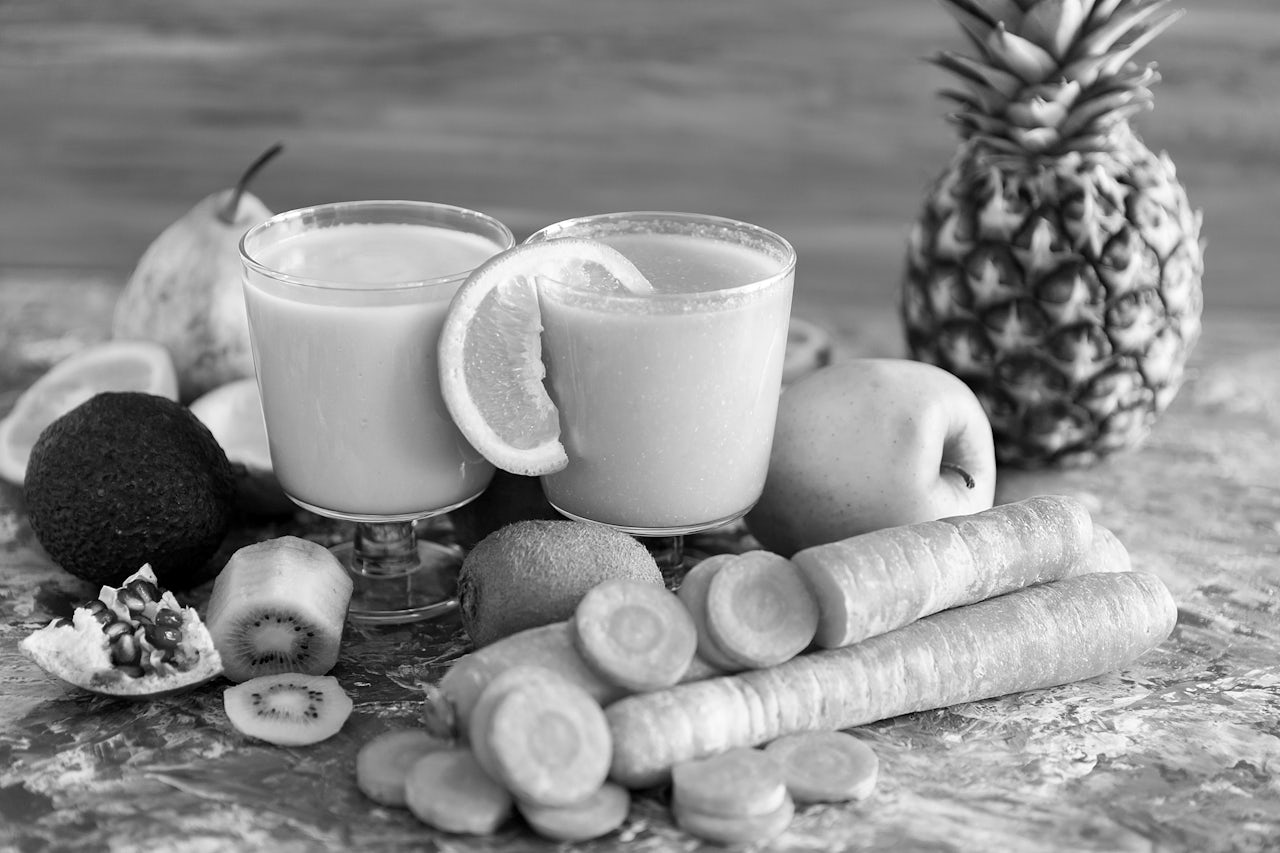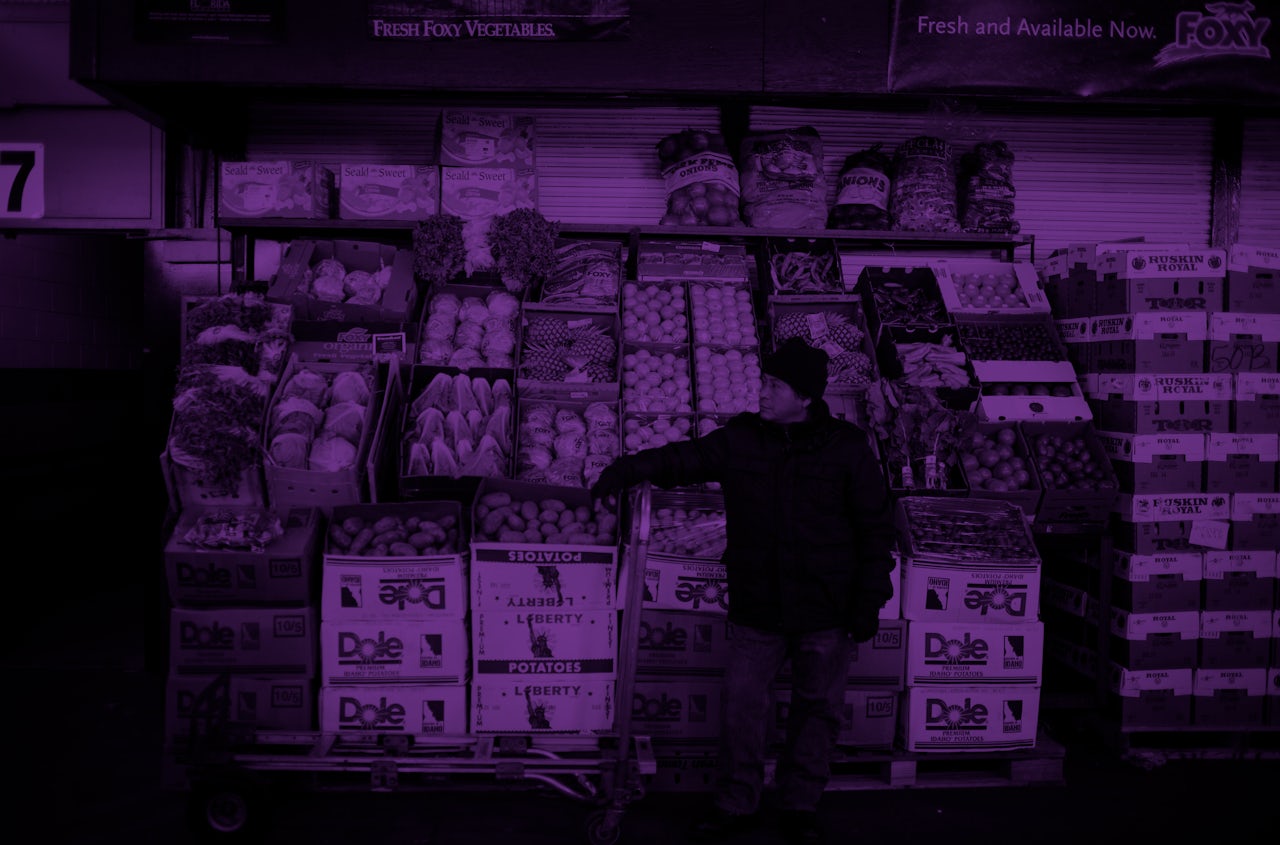There is no such thing as an objective “right” way to eat, but that hasn’t stopped nutritionists, activists, and chefs from publishing seemingly endless articles about what we should be putting in our bodies and why. The latest comes from Mark Bittman, an author who has written several books about food, and Dr. David L. Katz, MD, founding director at the Yale-Griffin Prevention Research Center, arguing that their conversation will be the “last one you’ll ever read,” and you’ll walk away with all your questions about food answered. But their piece engages with only a small slice of real-world issues people who struggle with nutrition actually have, and not at all with the infrastructure that causes most of the world’s health issues.
Katz and Bittman’s conversation hammers in a number of points that anyone who’s read any headline about food in the past 15 years likely already knows. Eat more fiber! Watch out for saturated fats! Avoid added sugar! Meat and dairy intake may vary, but a good diet should have “an emphasis on vegetables, fruits, whole grains, beans, lentils, nuts, seeds, and plain water for thirst.”
It’s all good enough advice from a knowledge perspective. However, it’s when Bittman and Katz attempt to answer why we aren’t eating this way already that they fumble. For them, the fault lies with “hyperbolic headlines” (like the ones that claim this is the “Last Conversation” on food you’ll ever need?), “internet echo chambers, and predatory profiteers all too happy to peddle purposefully addictive junk food and nutrition-limiting fad diets.”
Consumers, you see, are ignorant enough to fall for such schemes, say Bittman and Katz. “If you focus on nutrients rather than foods, you quickly learn that there is more than one way to eat badly, and we Americans seem all too eager to try them all,” Katz says. We could be eating the “right” way, the two authors imply; we just choose not to, out of laziness or ignorance. But the reality of How We Eat goes much deeper than being too dense to put down the soda, and for most people who struggle with good food choices, “choice” is not what it seems.
Young professionals may be able to justify shelling out for organic meat and seasonal fruits, and there’s always an endless chorus of those who cry “but lentils are cheap!” every time someone brings up the cost of eating “healthy.” When most of us go to the grocery store (or Seamless), our bank accounts rate high on the list of what’s driving our dietary choices, which makes some “healthy” choices easier to make than others (most of us don’t have gardens that can provide enough food to live on). Critics tend to ignore that before people need to worry about whether they eating too many processed carbs or saturated fats, they need to worry about getting enough calories to not starve. “Enough calories” is not as intrinsically linked with “quality foods” as Bittman’s piece might have us believe.
When Donald Trump suggested replacing half of food stamp money with a government-selected “harvest box,” writer @hugwins tweeted that instead of lentils and rice, cake mix is one of the cheapest sources of calories there is. Soda, chips, and fast food are other good sources of a lot of quick calories for not much money. And according to a 2016 study, low-income households have a harder time taking advantage of bulk discounts because of the up-front costs. This means that no, Gwyneth, most people on food stamps aren’t going to use them buying parsley and scallions. Whole foods also require time to cook, which is not a luxury everyone has.
Let’s also examine the idea that most of our diet should be fruits and vegetables. Between 1995 and 2010, corn, soybeans, wheat, rice, sorghum, dairy, and livestock received the majority of government farm subsidies. According to a JAMA study, most of these aren’t sold to the consumer as-is, but “are converted into high-fat meat and dairy products, refined grains, high-calorie juices and soft drinks (sweetened with corn sweeteners), and processed and packaged foods.” Meanwhile, Bittman himself has pointed out before that, in 2014, less than one percent of farm subsidies went to the research, production of, and marketing of fruits and vegetables.
If we’re incentivising our farmers to grow livestock and livestock feed, then all those fruits and vegetables we’re supposed to eat, year round, have to come from somewhere else. Generally, they do, whether from California or Chile or India or anywhere with a climate that can harvest produce while we’re in the dead of winter, and would otherwise be stuck with storehouse potatoes. And even though imported fruit often winds up being cheaper than what you can get at your local farmer’s market, this all adds up to mean that my grocery store can currently sell a pound of pork shoulder for a dollar cheaper than a pound of grapes. This is all to say nothing of the fact that climate change will only constrain food supply and make access to foods close to the source even more difficult and expensive.
Bittman and Katz may know all this, but do not engage with it all because they may have figured their readers are those who have the means to eat “well” and could just choose to, say, go paleo, rather than those who have more intractable issues. But nearly 13 percent of Americans experienced food insecurity in the last year, including one in six households with children, and decisions about food aren’t made in a vacuum. We eat what we eat because of poverty, geography, peer pressure, government subsidies, and convenience that is dictated by much more than ignorance or laziness.
Toward the end of the article, Bittman and Katz note that diets vary around the world, “but none of them ‘naturally’ offer junk food or industrially produced animal products.” That’s right. Our cultures have constructed it so that those are the easiest, most logical choices to make. The question is not why people are ignorant enough to fall for that, but what can be done infrastructurally to make buying a pound of apples a legitimate option. Living in Bittman’s world is a beautiful future to imagine, where health is a matter of choice, and not choices made for us.

